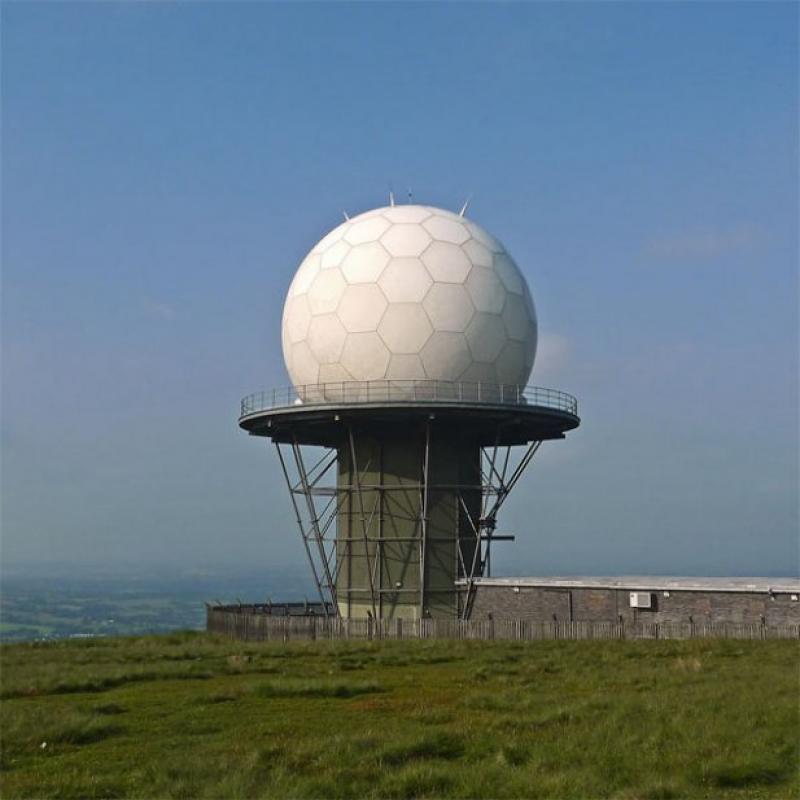Weather radars provide real-time data on precipitation, wind patterns, and storm movements, enabling meteorologists to issue timely warnings for severe weather events like hurricanes, tornadoes, and flash floods. These warnings help emergency services, governments, and individuals make informed decisions to safeguard lives and property. Moreover, weather radar data facilitates disaster response and recovery efforts. By continuously monitoring weather patterns during an ongoing disaster, responders can assess the situation, allocate resources, and plan evacuation routes. After the event, radar-based assessments help identify areas of maximum impact, aiding in prioritizing relief efforts and directing aid to the most affected regions.
The Weather Radar Market plays a vital role in disaster management, helping communities prepare for and respond to natural calamities effectively. As extreme weather events become more frequent due to climate change, reliable weather radar systems are becoming indispensable tools for mitigating the impact of disasters. Incorporating weather radar data into disaster management systems also enhances coordination and communication among various agencies. By sharing real-time information, authorities can collaborate more effectively, optimizing resource allocation and response strategies. the Weather Radar Market plays a critical role in disaster management by providing accurate and timely weather information. By enabling early warnings and facilitating disaster response and recovery efforts, weather radar systems contribute significantly to reducing the impact of natural disasters on communities and infrastructure. Furthermore, advancements in weather radar technology, such as dual-polarization and phased-array radars, have significantly improved the accuracy and resolution of weather data.
